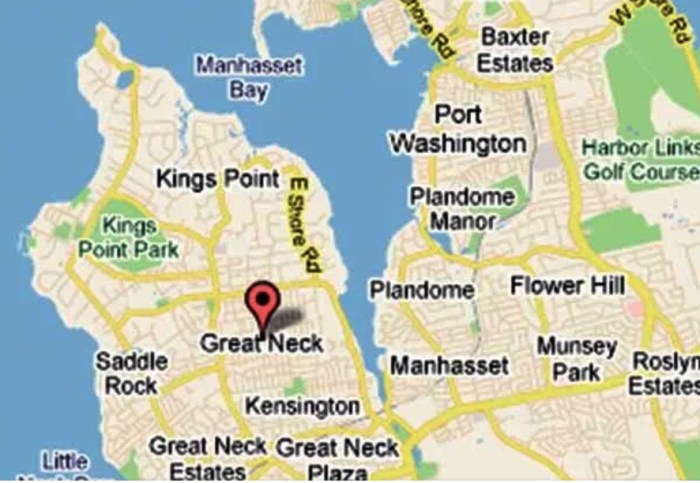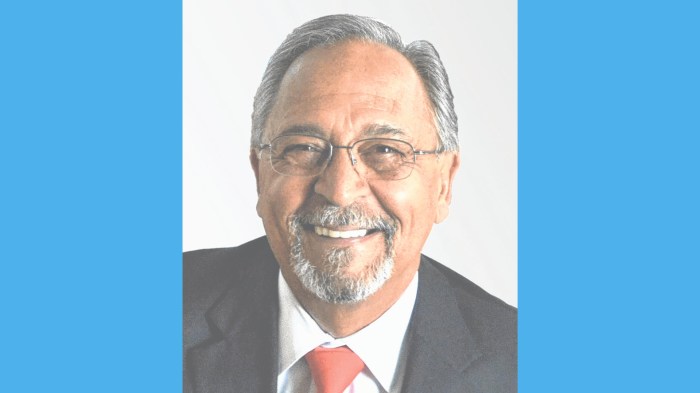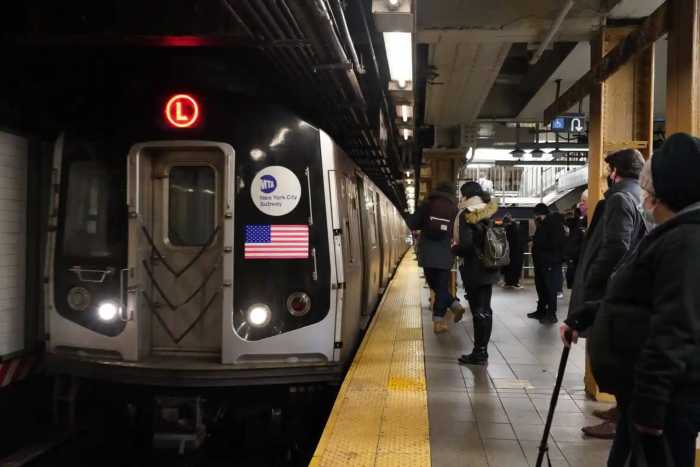As we start off the year with a bitterly cold polar vortex, many of us on Long Island are keeping our eyes on three things: our thermostats, our power bills, and our wallets. As gas prices all over the Northeast skyrocket while we’re all trying to keep warm, I can’t help but think about the ways our energy system could be a lot better.
Nearly every year, people all over Long Island and beyond experience the same frustrating cycle: cold snaps and winter storms send our energy bills through the roof. Worse, the way things are going, things stand to get even more dire in the near future. New York’s energy system is already under heavy strain, and with AI and data centers flocking to our state faster than regulators can keep up, we’re getting serious warnings that we won’t have enough electricity. Where will that electricity come from?
To keep electricity affordable — and to simply keep the lights on — we need new energy resources. That’s why I’m hoping to see New York’s offshore wind farms come to fruition. Offshore wind energy is a massive untapped resource that can play an important part to balance our energy mix and meet the growing load on our power grid. It is also one of the lowest cost per kilowatt hour, and has potential to create an entire sector in power production jobs. At this pivotal moment, it would be a mistake not to decisively adopt it.
Research shows that offshore wind power is typically most productive when the weather is coldest — the same moments when demand is highest and when gas prices typically spike. We’ve all just experienced this firsthand, as the latest polar vortex came with blistering winds. Why not capture that (untapped, emissions-free!) energy and put it to use powering our homes and keeping us warm?
A strengthened and diversified energy supply has benefits for our electricity bills, too. Studies have found that renewable energy resources like offshore wind put downward pressure on overall electricity and gas prices. With National Grid hiking gas rates 40% by 2026, and PSEG LI bills up $20 a month — mainly to keep our dirtiest gas plants profitable — we desperately need more resources and we need ones that can put up some competitive pressure on the others. That’s the choice. At least with offshore wind, reasonable prices are locked in over 20 year periods, so ratepayers won’t be hit with massive price hikes year after year. A little stability would be nice for a change. If we leave the potential savings and reduced impacts on the table versus our current system, that would be tragic.
Whatever your feelings about offshore wind and other renewable energy resources, we have to be realistic about what the alternatives are. If we don’t build more renewable energy, what’s going to happen as electricity demand keeps rising and data centers start sucking up more and more of our supply? Since the much-discussed “next-generation” nuclear technology isn’t even available — let alone more affordable — we would only get more of the same expensive, monopolistic gas driving up our bills now.
New gas plants are expensive to build, their fuel prices are volatile, and they can fail in the winter anyway. Building those plants also creates huge disruptions and impacts. It means ripped up streets to lay new gas lines and incurring expensive long-distance gas pipelines through our towns everyone must subsidize. The transmission cables are the same no matter the source. For a coastal area like Long Island that means infrastructure in the water, like the Williams offshore gas pipeline which is being promoted yet again off our shore in hopes the new president will remove all barriers and overrule local control after it has been rejected multiple times. The choice really comes down to whether we’d rather have new smokestacks and pollution in our communities, rolling blackouts, or wind farms offshore.
As gas prices skyrocket and our power grid is already under more and more strain, we need solutions here and now. No energy resource is perfect, and putting wind energy on our grid, with some of the least impacts of all the choices, can make our system more clean, reliable, competitive, affordable, and resilient.
George Povall is the Director of All Our Energy.


































